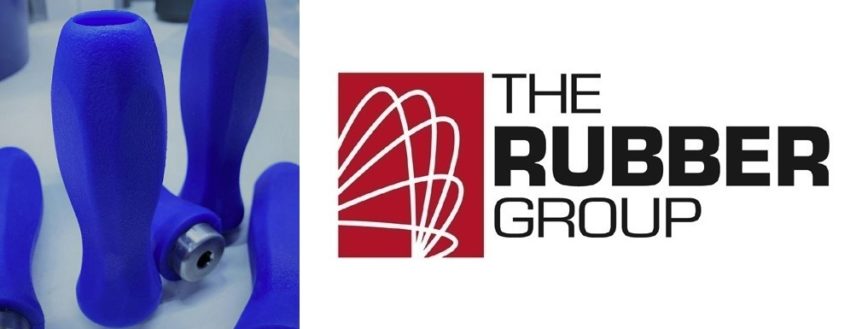Medical rubber molding produces safe, reliable components for use in medical devices and equipment. Silicones and other rubber materials support injection molding, transfer molding, and compression molding for parts used in respiratory care, drug delivery, diagnostics, patient monitoring, laboratory testing, therapeutics, and dental care. Examples include silicone distal handles, sterilization mats, and FDA registered devices that are individually packaged – just to name a few.
Whether you need small or large parts in low or high volumes, medical molding from The Rubber Group provides the quality that you need. Contact us to discuss your medical molding application or keep reading to learn about process validation for critical parts.
Quality Medical Molding
Medical rubber molding can meet ISO 10993 and USP Class VI requirements for biocompatibility, but material selection alone doesn’t determine quality. That’s why the Rubber Group can perform process validation to ensure that every batch of molded medical parts meets your specifications. Validation is different than verification and involves reviewing your part designs, establishing process parameters, monitoring test and production data, IQ/OQ/PQ, and providing material test reports and proof of related regulatory compliance.
Process Validation vs. Process Verification
Process validation starts before a production run begins. Process verification occurs after medical molding is complete. Validation adds costs to medical rubber molding projects, but process validation also reduces the risk that a part isn’t functional or won’t meet specifications. That’s why validation is often used with critical parts such as components for drug delivery systems. By contrast, verification may be used with non-critical parts such as door seals for medical equipment. The Rubber Group will work with your team to develop the appropriate validation protocol for your application.
Getting Started with Process Validation
The Rubber Group will analyze your part design, review your requirements, and perform a risk assessment. If your medical part is critical, it’s not enough to mold good parts most of the time and then let the quality assurance (QA) department catch any defects. Design for manufacturing (DFM) assistance and post-production testing and inspection are important, but process control identifies variables such as temperatures, flow rates, and pressures that will require careful control during medical molding. Typically, the validation protocol also identifies critical to quality (CTQ) attributes.
Monitoring Test and Production Data
The Rubber Group performs testing to see how part variations occur as certain variables interact. Statistical process control (SPC) and process capability are both important here. SPC evaluates process stability by collecting and analyzing quality data in the form of measurements and instrument readings. Process capability is about measuring variations in part dimensions. Cpk, an important process capability measurement, captures variances and helps to predict the long-term performance of a molding process.
While developing your validation protocol, The Rubber Group typically defines both CTQ attributes and Cpk. During testing and production, we then collect quality data and verify CTQ attributes. If critical dimensions vary too much, we adjust the parameters and then maintain these optimal values during medical rubber molding. As an ISO 9001:2015 certified manufacturer, The Rubber Group keeps its molding machines in excellent condition to ensure production consistency and minimize variations between batches.
IQ/OQ/PQ
The Rubber Group uses installation qualification (IQ), operational qualification (OQ), and performance qualification (PQ) to establish a three-stage framework for process validation.
- IQ validates molds and equipment for their ability to produce parts that adhere to strict dimensional, performance, and cost requirements. IQ also establishes parameters for testing.
- OQ validates test runs against IQ parameters and ensures that all aspects of medical rubber molding perform as expected under various operating conditions.
- PQ validates multiple production runs to ensure that each run produces quality molded parts at the range of operations conditions established during OQ.
Material Test Reports and Proof of Related Regulatory Compliance
The Rubber Group sources medical silicones and other healthcare elastomers that have a certificate of conformance (COC). We then provides a COC to every customer for every part. When materials are tested, we can require suppliers to report specific properties (e.g., durometer, tensile strength, modulus of elasticity) and to provide this data for every batch. Typically, biocompatibility testing is performed once and only repeated if there’s a recipe or process change, or if an individual customer requires it.
How Process Validation for Medical Rubber Molding Adds Value
Process validation adds costs to medical rubber molding, but it also saves you time and money since the parts you receive don’t need to be inspected. If you’re looking for ways to reduce operational costs, consider how validation can eliminate tasks such as evaluating visual attributes, performing dimensional checks, and testing mechanical functions. When you receive molded medical parts that have been validated, you can inventory them immediately. We can even kit and custom package them for you.
Are you ready to learn more about the benefits of process validation? Contact The Rubber Group.

